The isthmus of Panama measures only 60 km at the Canal. The Canal has a length of 80 km and the transit of a ship takes about 10-12 hours.
By car you reach from Panama City the Caribbean side of the Canal in less than 1.5 hours. Towards the West we can take you to the visitors center of the New Locks of the expanded Canal close to the smaller Gatun Locks, where we cross the Canal to visit San Lorenzo National Park with Fort San Lorenzo at the Caribbean shore. Towards the East we can take you to the forts at the Bay of Portobelo, canopy ziplines and a beach. The tour can be done in one day or can be combined in several days.
Here some options to experience with us the crossing from the Pacific to the Caribbean by ship, car, train or trekking on a day tour or 3 day adventure:
A unique experience is to transit the Panama Canal and pass through the locks on board of an excursion ship. In three chambers of the Miraflores and Pedro Miguel locks you will be risen from the Pacific to the level of the Canal, 26 m above sea level. Here begins the Corte Culebra. Digging this 14 km long ditch was the biggest effort of the Canal construction. In Gamboa you enter Gatun Lake of the Canal, created by damming the lower Chagres River in order to make it navigable for the ships and to have a water reservoir for the chambers of the locks. The half transit finishes in Gamboa or will be done the other way round. The full transit continues on Gatun Lake passing rainforest islands and peninsulas at a distance. The lake becomes wider and in the late afternoon the ship navigates through the three steps of the chambers of the Gatun lock, getting back down to ocean level. The ship continues towards the Caribbean port of Colon, where buses bring you back to Panama City. Agua Clara Locks At the visitors center of the new locks you see how the ships are being risen (or lowered) from the Caribbean to the Gatun Lake of the Canal (or vice versa). About 8 ships per day pass through the new locks of the Canal. You might see a enormous container or gas ship. Using huge water saving basins, 60% of the water can be reused in the chambers of the new locks. New Locks Agua Clara Yala Tours Panama San Lorenzo On the other side of the Canal you drive through the rainforest of the San Lorenzo National Park to the mouth of the Chagres River. Here, surrounded by pure nature, the old Spanish Fort San Lorenzo overlooks the Caribbean Sea, protecting the access up the Chagres River towards the Pacific side. If wished, we take you on a rainforest walk, looking out for wildlife and discovering the different flora of the more humid Caribbean side. The San Lorenzo National Park is one of the best places for bird watching. Our special birding tour takes you to the famous Achiote Road. Note: The old Gatun Locks are not open to general public by now. Instead you have the option to visit the new locks (Agua Clara). A drive through the beautiful, like a chessboard designed city on a small peninsula gives you an idea of its historic importance, former glamour and its negligence in the last decades. Colon has been founded in 1850 in order to construct the first transcontinental railway during the Californian gold rush. Later its English speaking population, originated from the Antilles, was a great support for the construction of the Canal, its operation and for the presence of US military bases. The scenic railway ride between Panama City and Colon passes through rainforest, on a dam over Gatun Lake and in some parts along the Canal. Its predecessor built in 1850-55 was the first interoceanic railway in the world, facilitating the easiest access from the East Coast of the US to California during the gold rush. After a short tour in the beautiful designed Colon, the tour continues by motor vehicle towards San Lorenzo or Portobelo. (The passenger train is not in operation since Covid-outbreak.) The drive takes you partially along the green Caribbean coast before you reach the beautiful, wind protected bay of Portobelo, named by Christopher Columbus on his fourth voyage in 1502. Colonial fortresses of the 17th and 18th century are witnesses of the outstanding importance of this hub between South America and Europe. From here most of the treasures from the Americas were shipped to Spain. The fairs of Portobelo attracted the most famous pirates of the Caribbean in hunt of gold and silver. On our tour you will have great views from different forts strategically positioned around the bay, protecting the access of the Custom House where the treasures were stored (now a small museum). A short stroll through the town of Portobelo takes you to the church, famous for its statue of the Black Christ being carried in the biggest pilgrimage of the country on October 21. At the bay of Portobelo it is possible to dive at a reef and around Drake Island where it is thought the remains of Sir Francis Drake lie somewhere on the ground. Marine life abundance and visibility are quite moderate, but it is an easy option we can offer to dive in the Caribbean. This great rainforest adventure crosses the Chagres National Park on the historic colonial route of the Spaniards between Pacific an Atlantic. Over half of the wealth brought from the Americas to Spain was carried on this trail. Later the English built here a railroad to transport manganese from their mines to the Caribbean. Rails, abandoned over hundred years ago, can be seen still in place in the middle of the rainforest. Crossing rivers and walking in streams are one of the best ways to experience the beauty of the rainforest. We camp in tents two nights along a river on our three day trek. The trail is in some parts slippery, especially the stones in the water. You need to have a very good condition to hike for about 6 hours a day and often in difficult terrain. On the drive back you can visit the colonial forts of Portobelo (world heritage) or a Caribbean beach in the afternoon of the third day. Options: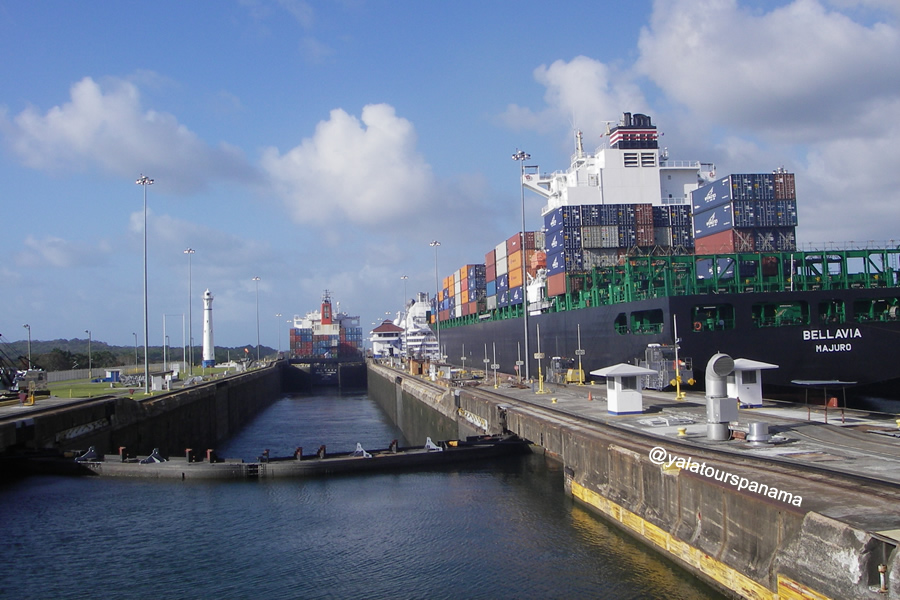
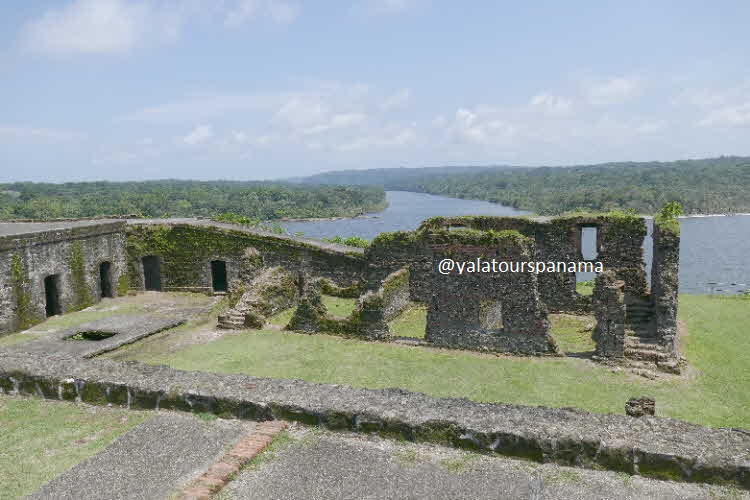
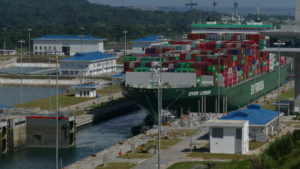
(Fort San Lorenzo is in an almost 2 hour driving distance from Panama City.)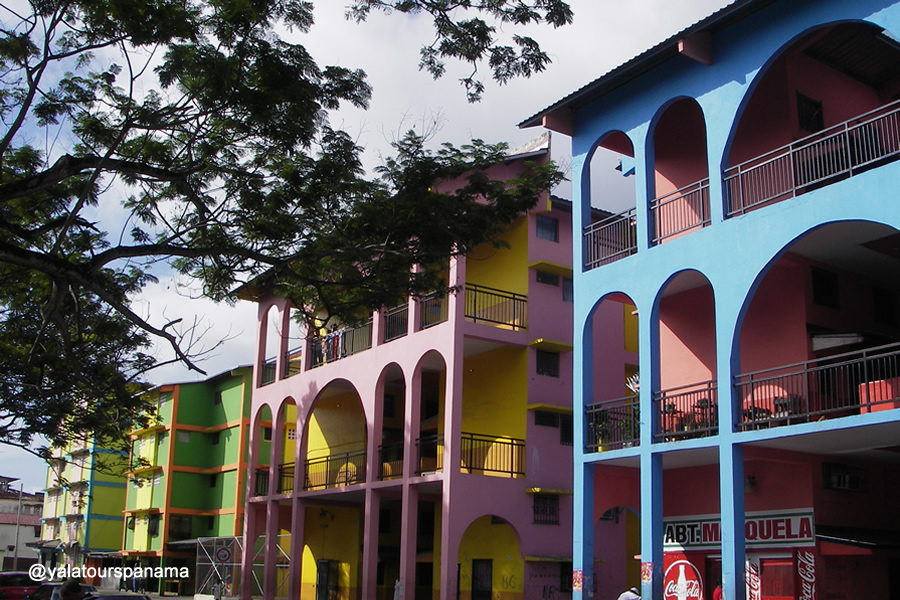
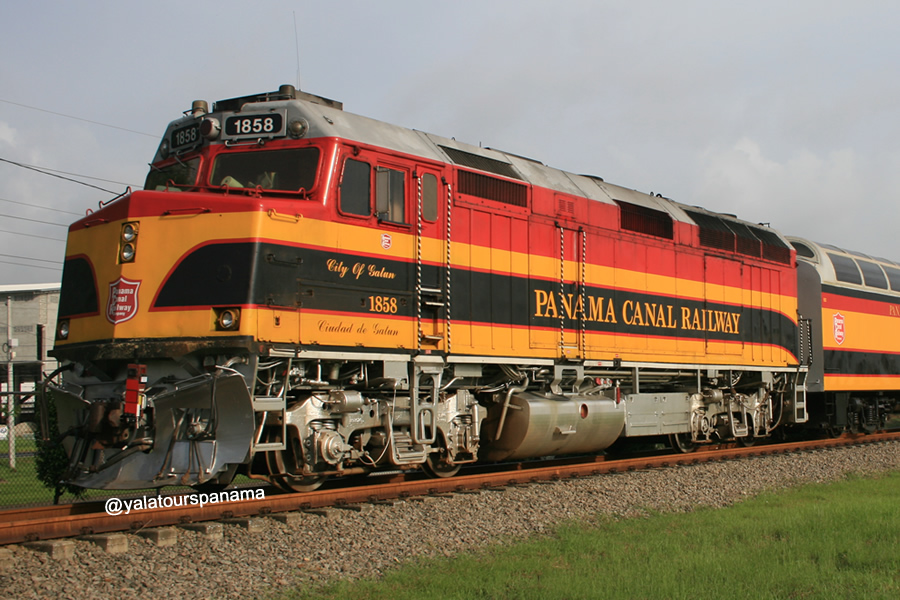
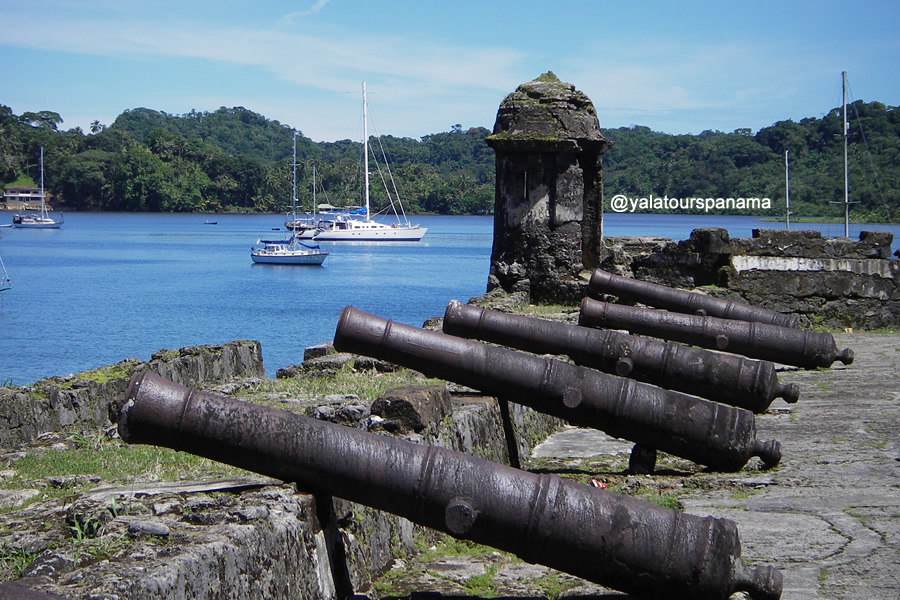
If wished, we combine the tour with a visit to one of the small beaches in the area with some walking.
(Portobelo is in an almost 2 hour driving distance from Panama City.)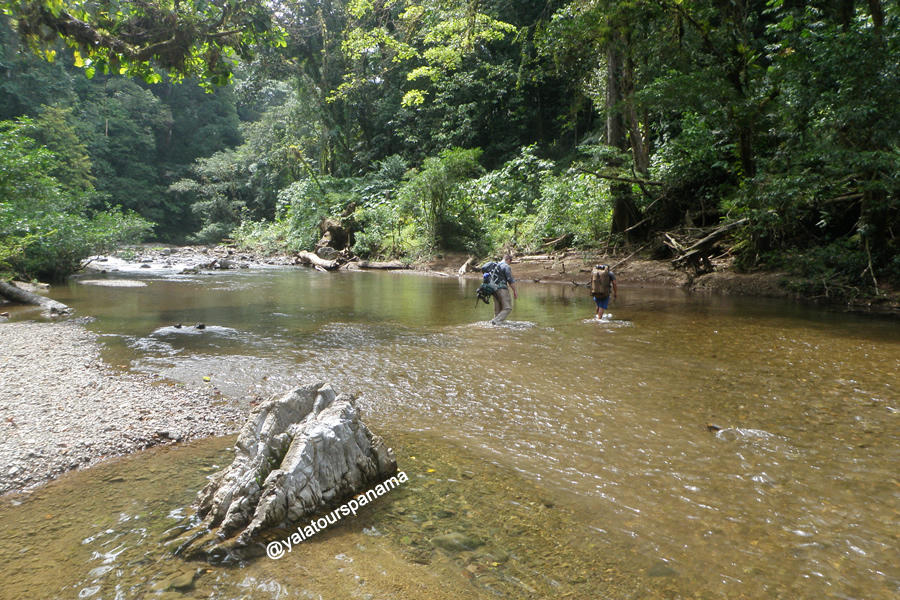
Combination with other tours on the Caribbean side or trekking tours.
